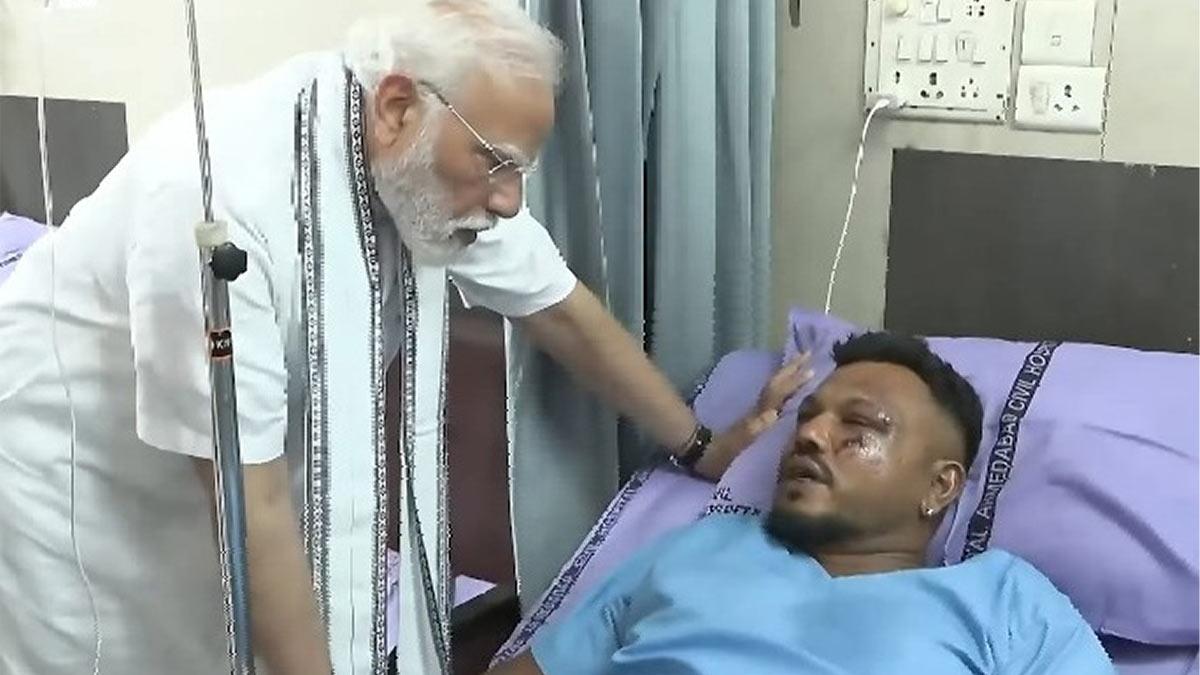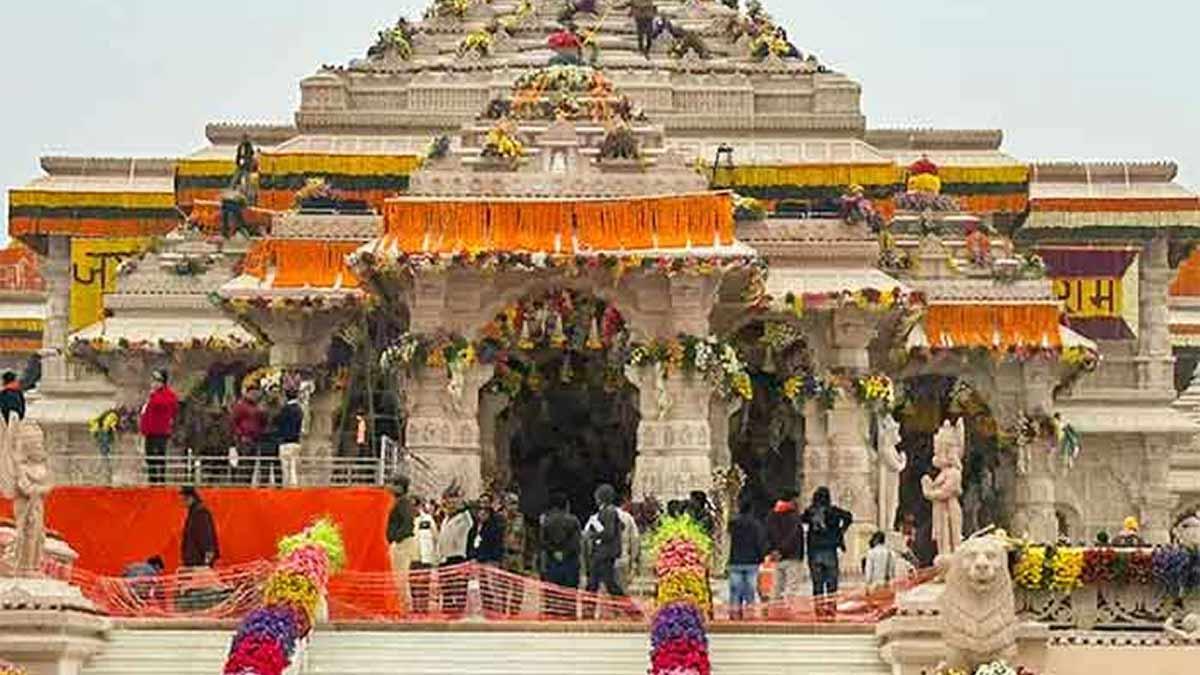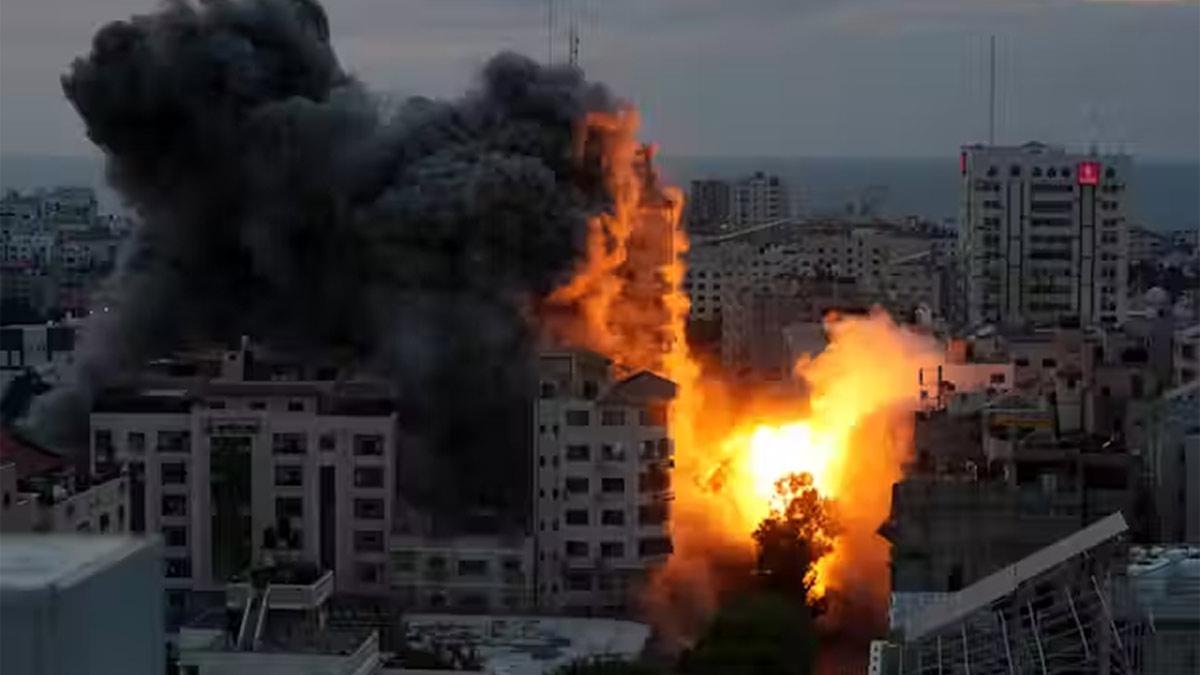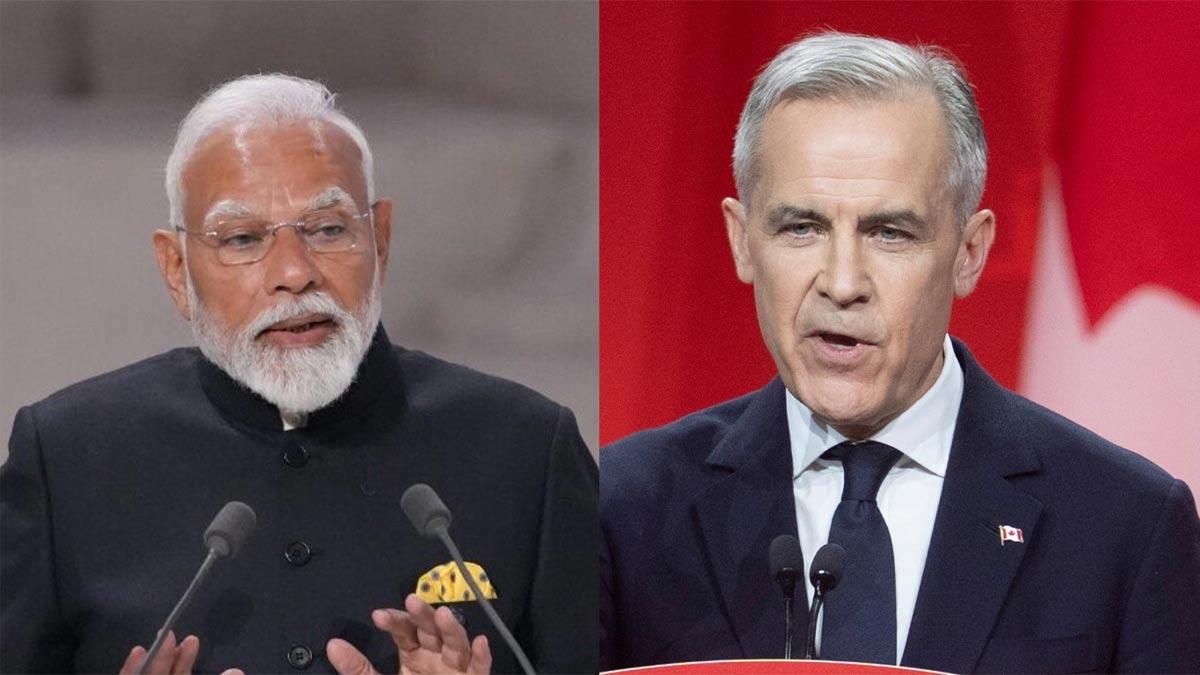Veteran air crash investigator Tony Cable had one surprising suggestion for Vishwash Kumar Ramesh — the sole survivor of Air India's tragic crash: "Buy a lottery ticket immediately."
Ramesh, a British citizen of 40 years, survived the wreckage of flight AI171, which crashed almost immediately after taking off from Ahmedabad to London on Thursday.
The tragic accident killed all 241 remaining passengers and crew members on board, as well as a number of people on the ground.
While he only suffered minor physical harm, professionals and investigators have focused on what may have facilitated his unlikely survival. The key might be his seat assignment — 11A — near an emergency exit at the plane's front section of the Boeing 787-8 Dreamliner. That placement had him close to the plane's "wing box," one of its most structurally solid sections.
The plane is said to have crashed into buildings less than a minute after taking off. Ramesh, describing the terror, at first thought he was dead. But when he realized he had survived, he saw an opening in the wrecked fuselage. "I unbuckled myself, kicked my leg through that opening, and crawled out," he said. It is not known if that was an emergency door or a break from the crash.
This is the account of Cable, a veteran aviator and formerly a senior inspector with the UK Air Accidents Investigations Branch: "The plane was fairly nose up when it struck the buildings. It will have presumably broken open in an area of the fuselage next to this fellow and luckily he has come out without serious injury."
Ramesh's seating arrangement also had something to do with it. Since he was close to the emergency exit, he had additional room in front of him rather than another row of seats, and it could have been an avenue of escape — and spared him being crushed on impact. "My guess is that due to the nature of the impact, he would have been in a reinforced section of the airplane at the leading edge of the wing," said Prof John McDermid, an aviation safety specialist at the University of York. "There is not only the fuselage, but also the additional strength of the wing to withstand compression of the fuselage."
McDermid guessed that the crash may have jammed the adjacent external door, allowing Ramesh to more easily burst through it. "The external door was right in front of him so he didn't have far to go."
Altogether, surviving the first impact of the crash was against the odds anyway.
“If you’ve got an accident like this, where you’ve got an aircraft full of fuel and it’s making a crash landing off the airport into the built environment, that’s unlikely to be a survivable accident,” said Prof Ed Galea, an authority in fire safety and aviation evacuation from the University of Greenwich. “The fact that anyone has survived is miraculous.”
Galea added that Ramesh had been helped by a triple of lucky factors: "a) he had endured the shock of the impact, b) he had not been badly injured in that crash, and c) he was sitting adjacent to the No 2 exit." Whether Ramesh utilized the exit or crawled through an opening is not known — but either way, being close to an exit was pivotal.
Galea's earlier studies have established that, in less fatal aviation crashes, passengers who are seated within five rows of an operational exit are more likely to survive. Those sitting further away are statistically more likely to perish. He supplemented that others may have made it through the initial crash but were too badly hurt or too far from a way out. Also, those who did not prepare for impact might have been knocked out by bumping into the seat in front — a hazard Ramesh missed, since no seats directly faced him.
Despite the plane structure providing a slim margin for survival, McDermid added that Ramesh's prompt movement probably secured his doom. "Had he not escaped in a very few seconds, he would not have been likely to escape due to the fireball."
The plane was completely fueled for the flight to London Gatwick, and the collision probably caused the tanks to ignite. Galea surmised that Ramesh might have been leaving just in front of the flames: "He may have found himself leaving in front of the fireball if the aviation fuel had been gushing from the leaking tanks in a rearward direction."
McDermid put it eloquently: "He was a very, very unlucky man to be on that airplane, but he was also a very, very lucky man to have been able to get out."
Read also| Air India Flights Rerouted Amid Rising Tensions in Iran-Israel Conflict


















